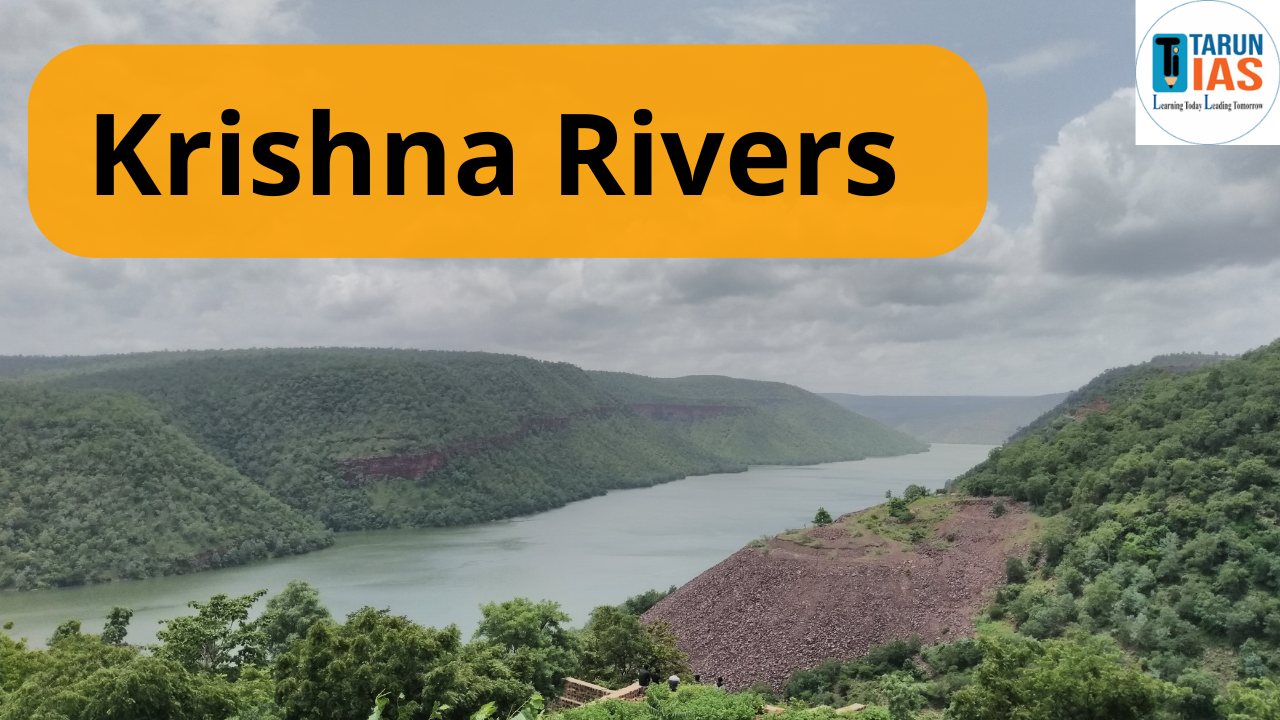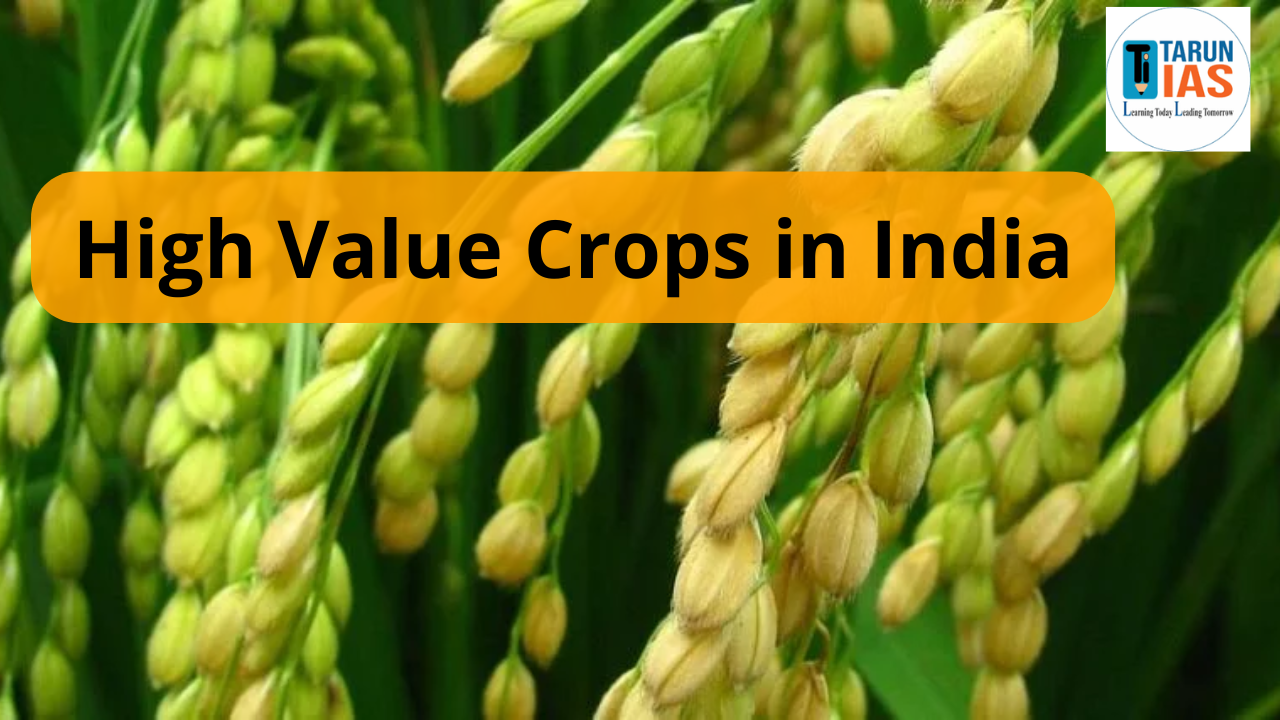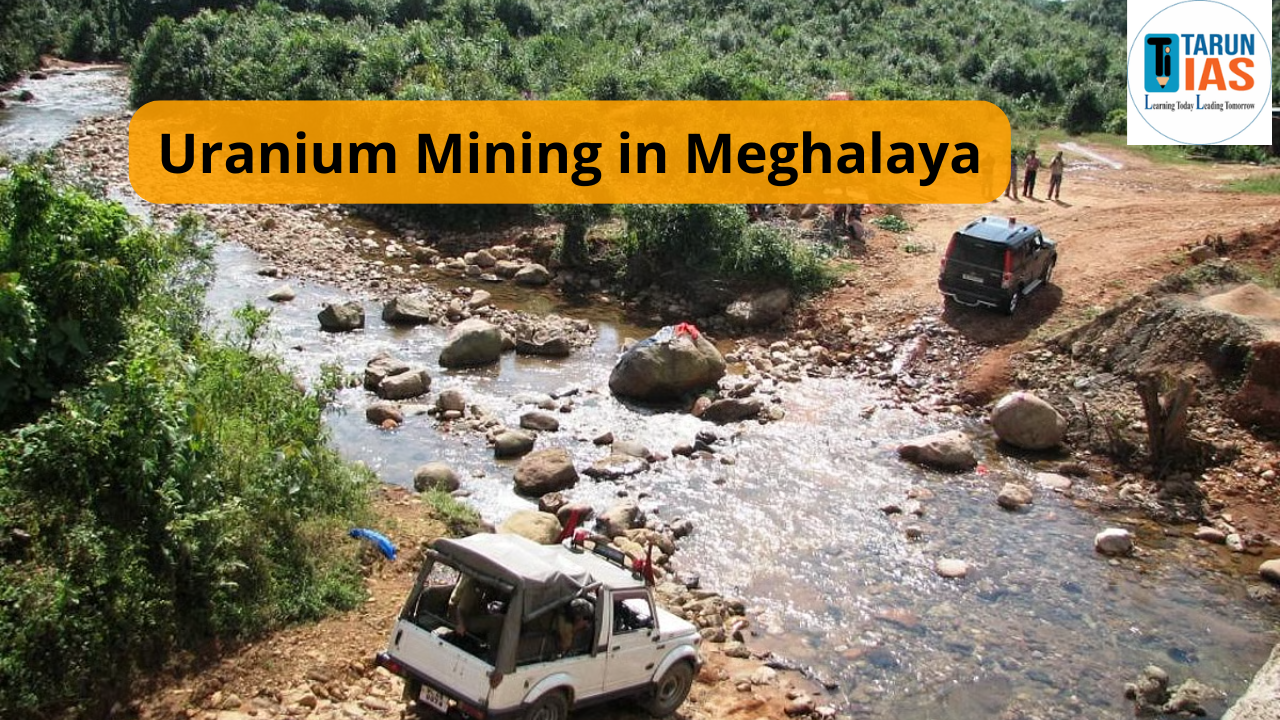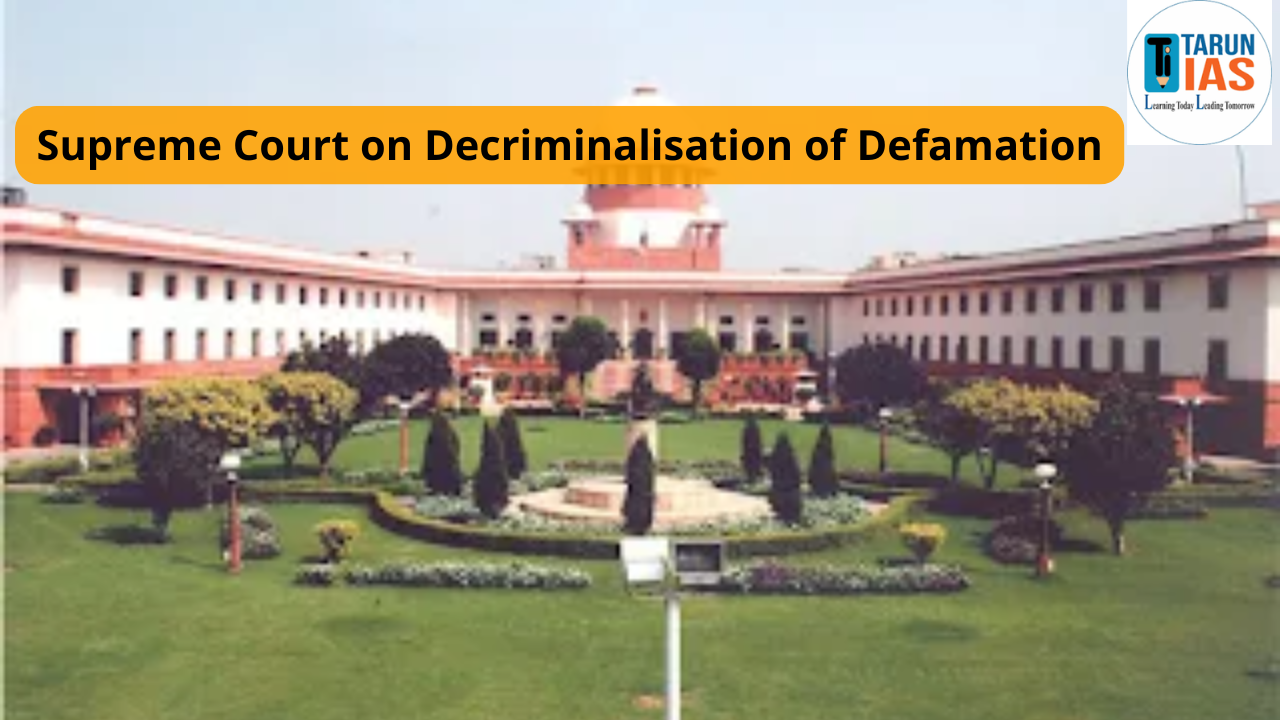Krishna River is a major river in South India, flowing through the states of Maharashtra, Karnataka, and Andhra Pradesh. It originates from the Western Ghats. Krishna River is one of the most important rivers of peninsular India. It plays a crucial role in the culture, life and the economy of the southern states. With its origins in the Western Ghats and its long journey to the Bay of Bengal, the Krishna River is not only a geographical marvel but also a lifeline for millions.
Krishna River Origin
The Krishna River originates from Mahabaleshwar in Maharashtra. It starts from a small spring at Jor village.The Krishna river rises in the Western Ghats, at an elevation of about 1337 m just north of Mahabaleshwar, about 64 km from the Arabian Sea.
- Length: The river is approximately 1,400 km long.
- Direction: It flows southeastward, passing through Maharashtra, Karnataka, Telangana, and Andhra Pradesh, finally joining the Bay of Bengal.
- Delta Formation: In Andhra Pradesh, near Vijayawada, it forms a large delta before meeting the sea. This delta is highly fertile and supports dense agriculture.
Krishna River States Covered
The Krishna River flows through the following Indian states:
- Maharashtra
- Karnataka
- Telangana
- Andhra Pradesh
The Krishna river flows through four major states – Maharashtra, Karnataka, Telangana, and Andhra Pradesh. The Krishna river is one of the most important rivers in South India. It starts its journey from Mahabaleshwar in Maharashtra and flows eastward to eventually merge into the Bay of Bengal.
In Maharashtra, it starts from the Western Ghats and provides life to the surrounding areas. Then, it enters Karnataka, where several small dams and dams have been built on it to help in farming and power generation. After Karnataka, it enters Telangana, which is heavily dependent on the Krishna river for both drinking water and irrigation. Finally, it flows into Andhra Pradesh, where major projects like the Srisailam and Nagarjuna Sagar dams have been built on it.
Although it does not flow directly through Tamil Nadu and Kerala, some of its tributaries and basin areas reach these states. This is why these areas are also affected during droughts or floods in the Krishna basin.
Krishna River System Overview
Some quick facts about Krishna River:
| Facts | Details |
| Origin | Mahabaleshwar, Maharashtra |
| Length | 1,400 km |
| States Flowed Through | Maharashtra, Karnataka, Andhra Pradesh |
| Major Tributaries | Tungabhadra, Koyna, Bhima, Ghataprabha, Malaprabha |
| Major Dams and Reservoirs | Srisailam Dam, Nagarjuna Sagar Dam, Almatti Dam, Koyna Dam, Tungabhadra Dam |
Krishna River Tributaries
The major tributaries of the Krishna River include the Tungabhadra, Bhima, Ghataprabha, Malaprabha, Musi, Wenna, Urmodi, Tarli, Koyna, Yerla, Warana, Panchaganga, and Munneru.
Left Bank Tributaries:
- Bhima River – Originates near Bhimashankar, Maharashtra.
- Tungabhadra River – Formed by Tunga and Bhadra rivers; vital for irrigation.
- Musi River – Flows through Hyderabad.

Right Bank Tributaries:
- Ghataprabha River – Known for Gokak Falls.
- Malaprabha River – Serves agricultural needs in Karnataka.
- Koyna River – Famous for Koyna Dam, a major hydroelectric project.
Krishna River Basin
Krishna River basin is endowed with rich mineral deposits such as oil and gas, coal, iron, limestone, dolomite, gold, granite, laterite, uranium, diamonds, etc The Krishna River basin is a major river basin in Peninsular India, spanning across Maharashtra, Karnataka, Telangana, and Andhra Pradesh.
- Area: The total basin area is around 2,58,948 sq km.
- Drainage: The river flows from the Western Ghats to the Bay of Bengal.
- Soil: The delta region has alluvial soil, while the plateau region has black soil.
- Rainfall: Most of the rainfall comes from the southwest monsoon. Rainfall ranges from 600 mm to over 2000 mm annually.

Krishna River Economic Importance
The Krishna River and its tributaries are home to several hydropower projects, providing clean and renewable electricity to millions.
Irrigation
- Supports agriculture in four major states.
- Major crops: rice, sugarcane, cotton, pulses, and groundnut.
- The Delta region is called the Rice Bowl of Andhra Pradesh.
Hydroelectric Power
- Major dams produce clean electricity.
- Koyna Dam – Maharashtra
- Almatti Dam – Karnataka
- Tungabhadra Dam – Karnataka & Andhra Pradesh
- Srisailam Dam – Andhra Pradesh
Water Supply
- Provides drinking and industrial water to cities like Vijayawada, Guntur, and Bellary.
Fisheries
- The river supports fisheries, providing employment to many.
Krishna River Cultural and Historical Importance
The Krishna River is not just a geographical Importance. It is a symbol of India’s spiritual and historical heritage. Flowing through some of the most culturally rich regions of the Deccan plateau.
- Religious Significance: Considered holy in Hinduism.
- Temples:
- Mallikarjuna Temple, Srisailam
- Dattatreya Temple, Gangapur
- Festivals: Pushkaralu is celebrated every 12 years.
- Historical Kingdoms: The river played an important role during the time of Satavahanas, Vijayanagara Empire, and Chalukyas.
Krishna River Environmental Concerns
The Krishna River has long been a lifeline for agriculture, drinking water, and livelihoods. However, in recent decades, it has come under severe environmental stress. The major concerns.
Pollution
- Causes: Industrial waste, sewage, and pesticides.
- Impact: Water quality has declined, affecting people and aquatic life.
Overuse
- Excessive irrigation and city use have reduced water levels.
Flooding
- Monsoon floods are common.
- The 2014 floods in Andhra Pradesh caused major damage.
Climate Change
- Irregular rainfall patterns due to changing climate are impacting water availability.
Siltation
- Silt blocks water storage in dams and affects irrigation.
Krishna River Major Dams and Projects
Nagarjuna Sagar Dam
- One of the world’s largest masonry dams.
- Provides water for irrigation and drinking.
Srisailam Dam
- Multipurpose project for power, water supply, and flood control.
Almatti Dam
- Hydropower project in Karnataka.
Koyna Dam
- Important for Maharashtra’s electricity supply.
Prakasam Barrage
- Helps control floods and irrigates the Krishna delta.
Krishna River Dams Name
Here are the major dams on the Krishna River
| Dam Name | Location (State) | Purpose |
| Nagarjuna Sagar Dam | Telangana & Andhra Pradesh | Irrigation, Hydropower |
| Almatti Dam | Karnataka | Irrigation, Hydroelectric Power |
| Srisailam Dam | Andhra Pradesh | Hydropower, Irrigation |
| Narayanpur Dam (Basavasagara) | Karnataka | Irrigation |
| Jurala Project | Telangana | Irrigation, Hydropower |
| Ujjani Dam (Bhima Dam) | Maharashtra | Irrigation, Drinking Water |
| Koyna Dam (on Koyna, a tributary) | Maharashtra | Hydropower, Irrigation |
| Tungabhadra Dam (on Tungabhadra, a tributary) | Karnataka | Irrigation, Hydropower |
Krishna River Biodiversity and Ecology
The Krishna has almost converted into a tide-fed estuary, affecting the ecological integrity and biodiversity, adversely. In the backdrop of such a development.
- The Krishna delta is home to rare animals like the Indian crocodile and Indus river dolphin.
- The river and its wetlands support various birds and aquatic species.
- Loss of wetlands and pollution threaten biodiversity.

Krishna River Different Regions
The river remains the same, the people living along its banks have given it many beautiful names, rooted in their language, culture, and devotion.
- Krishna (popular name)
- Krishnaveni – Local name in many parts.
- Koppera, Kaveri – Sanskrit names.
- Chitravati, Chenput, Channapatty – Regional names in Maharashtra and Andhra Pradesh.
Krishna River Challenges
The Krishna River has sustained civilizations for centuries, today it faces several critical challenges that threaten its health and the lives it supports.
- Inter-state water disputes, especially between Karnataka, Andhra Pradesh, and Telangana.
- Pollution from industries and domestic sources.
- Encroachment of riverbeds and destruction of wetlands.
- Climate change affecting monsoon and river flow.
Krishna River Government Initiatives
Both the central and state governments have taken several initiatives to address its growing challenges. These steps aim to resolve conflicts, improve water quality, and promote sustainable use.
- Krishna Water Disputes Tribunal set up to resolve inter-state conflicts.
- National River Conservation Programme (NRCP) to clean river systems.
- Smart Irrigation and Drip Irrigation promoted to reduce water wastage.
Conclusion
The Krishna River is more than just a river; it is a vital resource that supports life, agriculture, culture, and industry in southern India. Preserving the Krishna River is not only necessary for the ecosystem but also for the survival of millions who depend on it.















